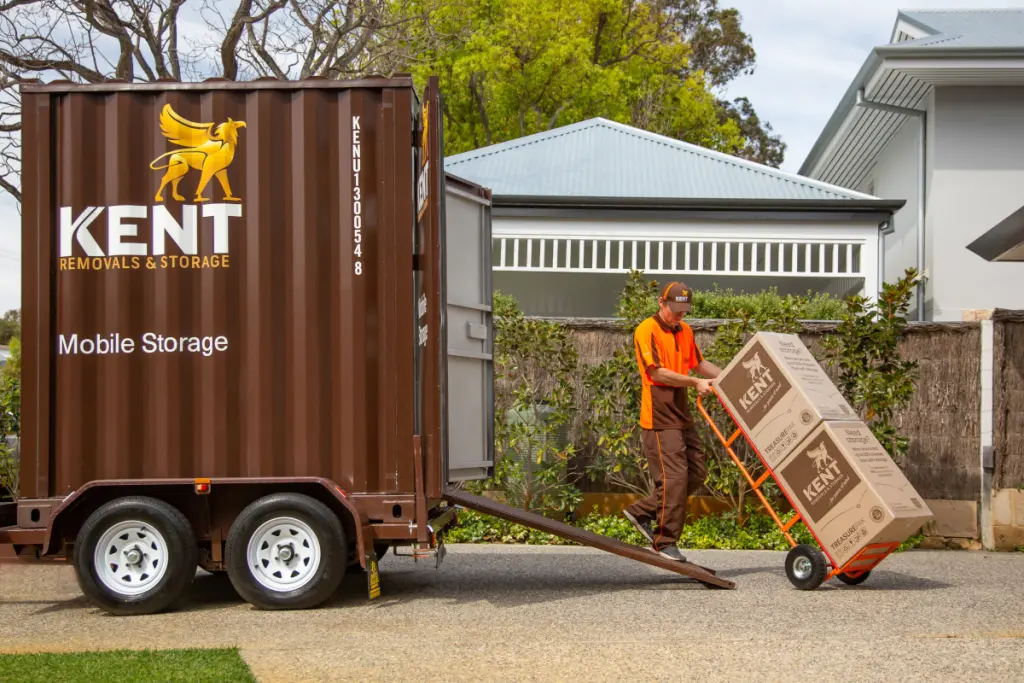Step 1: Clean and drain the dishwasher
Step 2: Disconnect from the mains power supply
Step 3: Disconnect the water supply
Step 4: Disconnect the drainage pipes
Step 5: Unscrew dishwasher from fitted kitchen unit
Step 6: Remove from cavity
Step 7: Load into moving vehicle
Step 8: Too hard? Contact the professionals
Step 1: Clean and drain the dishwasher
Before packing a dishwasher for moving, place a cup of white vinegar onto the top rack of the dishwasher and run through a hot-water cycle to wash away grease, grime and unwanted odours. Once you have cleaned the dishwasher, remove the trays and filters from the inside before setting the drain function to remove all water.
Step 2: Disconnect from the mains power supply
Next, disconnect the dishwasher from the mains power supply after draining so that there is no risk of electrocution or electrical damage to the dishwasher. When you have disconnected from the mains, you should ensure that the power cable is held out of reach of any potential water that may arise from the following steps.
Step 3: Disconnect the water supply
Once unplugged from the power, you should lay down some towels at the base of the dishwasher to soak up any excess water before disconnecting the water supply. Turn off any taps that supplies water to the dishwasher, then disconnect the water supply ensuring to mop up any excess water to minimise any risk of slipping.
Step 4: Disconnect the drainage pipes
Once disconnected from the water supply, you should then disconnect the drainage pipes from the dishwasher and ensure to mop up any excess water that may be released when disconnecting. These are usually situated under the kitchen sink and can be disconnected by loosening the fittings using a wrench.
Step 5: Unscrew dishwasher from fitted kitchen unit
Remove the access panel at the base of the dishwasher before opening the dishwasher door and unscrew the screws that fix it to the fitted unit the using a screwdriver. Ensure to put the screws in a safe place as you’ll need them again when you’re installing the dishwasher into your new home.
Step 6: Remove from unit
Whenever moving a heavy item or appliance, you should always seek the help from another person to minimise the risk of injury or damage to the item. Another good idea would be to use a trolley to move the dishwasher, but if this is not possible then ensure to take utmost care when moving. When moving, though, pull the dishwasher out from beneath the counter/unit before securing the door and any loose cables ready for moving.
Step 7: Load into moving vehicle
Again, take extreme caution when moving the dishwasher and slide the appliance whenever you can to make it easier to move. It’s also a good idea to wrap the dishwasher in bubble wrap to protect the item as much as possible. If you need to move this manually, then carry the dishwasher in a vertical position with one person at each end and lift the dishwasher into the moving vehicle. Finally, pack other bulky items around the dishwasher to prevent it from moving in transit and causing any damage to itself or other items.
Step 8: Too hard? Contact the professionals
Packing a dishwasher for moving is a difficult task, so you should carefully consider whether you’re able to move it by yourself or with the help of a friend without any risk of injury or damage. However, if you’d rather not strain yourself with the difficulties of packing a dishwasher, then you should contact a professional removalist, as they’ll have trained employees that are experts in moving heavy items.







